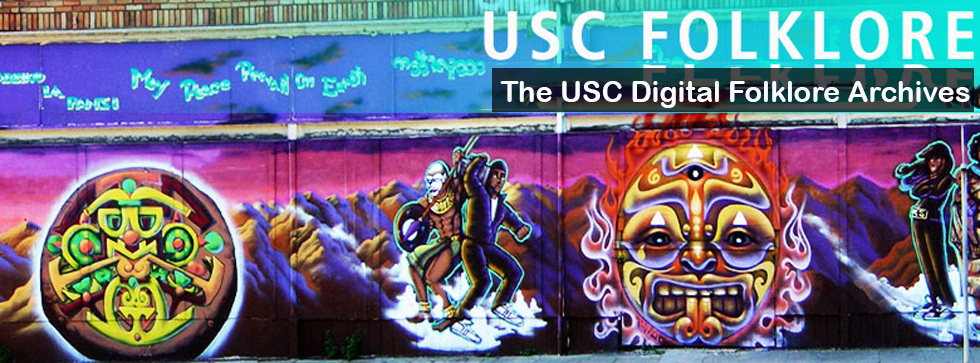Background: The informant is married herself, but also worked in a bridal store for years and knows a lot about wedding traditions. She specifies how this tradition ties in with wedding dresses and how the store incorporated them.
LR: I know the whole, something borrowed, something blue, something old, something new as being like good luck for brides, and, so, I think there are several things associated with weddings. I don’t know where the reference came from, um but i think it’s the idea that you have meaningful things with you, or that had been passed down when you get married that sort of, um, bring good luck, good feeling, good energy, or positive vibes. So I think for most people something new is sometimes the wedding dress, sometimes that’s something borrowed, sometimes that’s something old if you wear somebody else’s dress. Ya know, people borrow vails, but usually, and again, I don’t know where the original reference came from for the blue or why blue would be associated or connotate good energy, but, um, people used to wear garters that would have like a blue ribbon in them, that would be taken off. So just like the bouquet would be tossed to the girls, or the single women, the garter would be shot to the single men. So that was something that was more prevalent like when i got married, and we used to sell the garters at the bridal store I worked in. But, we changed it because I think, I don’t know, it sort of became like people didn’t really wear garters, they were at one time I think women wore garters right? To hold up their stockings, and then of course with, I don’t know, more modern times we wore pantyhose or whatever and then you’d put a garter which was an elastic band with lace and a ribbon and you’d wear that up and it was this big thing like that the husband was going up his wife’s leg to get htee garter off and then he would like shoot it like a rubber band. So I always thought that was funny. At least at the store I worked at, I think moree post-2000, fewer and fewer people wore garters or did that with the bride, and so they still did the bouquet toss to indicate, you know, who was likely gonna be the next person to get married, but what we did at the store was to tie the blue ribbon in the bride’s hem, or her wedding dress, as a symbol of good luck that was always there. And then they didn’t have to worry about trying to find a way to wear something blue so to speak?
Me: Why do you think the tradition of shooting garters has decreased?
LR: Honestly, I think most modern brides would be like what the hell is a garter. I don’t know how easy it is to find them anymore.
Me: Do you think garters have the same meaning as bouquets, like do you think it was the next guy to get married? Or what do you think shooting the garter into guys signified?
LR: I mean I think that was sort of supposed to be the equivalent, instead I think for them it was like oh you’re going to be the next lucky schmuck who’s gonna get tied down. You know, you used to have all the bridesmaids or all the single women clamoring for the bouquet, and yet, it was like the opposite for the guys, it was a sign of shame or something to actually come forward to get it. Nobody wanted to get it because it meant they’d be tied down. I don’t think as many guys embraced the idea of looking like they wanted to get married.
Context of performance: This was told to me over a Zoom call.
Thoughts: This is a super popular saying, although I don’t know firsthand how many people follow it. I like the sentimental quality it brings to a period of transition in someone’s life as getting married can be seen as a rite of passage and these are the items that push you through the threshold, or liminal space. It’s interesting that these things bring you good luck moving forward in your life, more so because to me it suggests that it’s its own period separated by the wedding and these items merge the two stages of life, especially with something old and something new.
